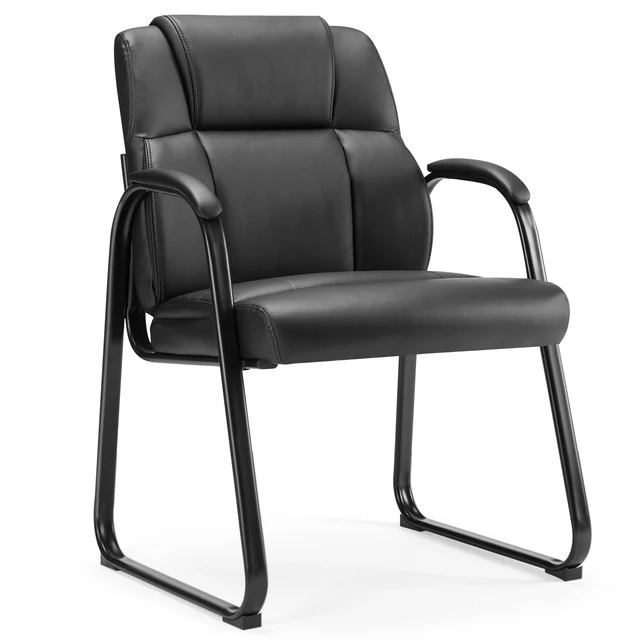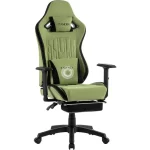An office chair that sinks can be a significant source of discomfort and distraction, affecting your productivity and overall well-being. Whether you’re working from home or in a corporate setting, an uncomfortable chair can lead to poor posture, aches, and even long-term health issues. Fortunately, there are effective strategies to prevent your office chair from sinking. In this article, we’ll explore the causes of this issue and provide practical tips to keep your chair at the correct height.
Understanding the Mechanism Behind Office Chairs
The Anatomy of an Office Chair
To effectively address the issue of a sinking office chair, it’s essential to understand its components. Most office chairs feature a pneumatic cylinder, which allows for adjustable height by using air pressure. This mechanism is supported by a series of springs and levers that assist in maintaining your chosen height. Over time, these components can wear out, leading to the frustrating problem of your chair sinking unexpectedly.
Common Causes of Sinking Chairs
Several factors contribute to the sinking issue in office chairs. One primary cause is wear and tear on the pneumatic cylinder. With frequent use, the seals inside the cylinder can deteriorate, causing air to leak and resulting in the chair losing height. Another reason could be improper weight distribution or excessive weight placed on the chair. Lastly, poor quality materials in budget-friendly chairs may also lead to a shorter lifespan. Recognizing these causes is the first step toward finding effective solutions.
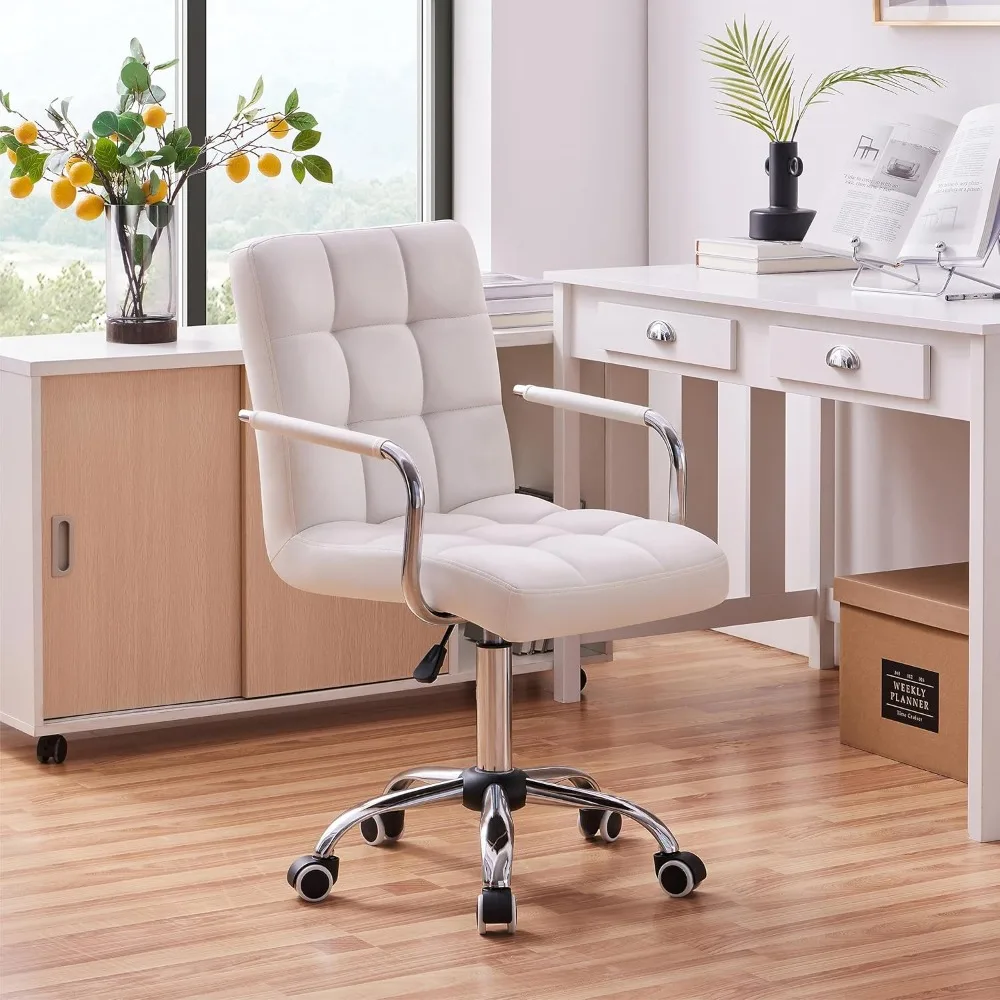
Regular Maintenance: The Key to Longevity
Importance of Routine Checks
Regular maintenance is vital for prolonging the life of your office chair and preventing discomfort. Incorporating routine checks into your schedule can help identify potential issues before they become significant problems. Start by inspecting the chair’s height adjustment lever and pneumatic cylinder for any visible signs of damage. Ensure that the wheels are functioning properly, allowing for smooth movement without extra strain on the chair’s components.
Cleaning and Lubrication
Keeping your office chair clean is another vital aspect of maintenance. Dust and debris can accumulate in the moving parts, leading to reduced functionality over time. A simple cleaning routine involves dusting off the chair and wiping down surfaces with appropriate cleaners. Additionally, applying lubricant to the moving parts can reduce friction and enhance the chair’s overall performance. This preventive measure can minimize wear and tear on the pneumatic cylinder, helping to maintain its integrity and preventing it from sinking.
Choosing the Right Chair for Your Needs
Investing in Quality
When selecting an office chair, quality matters. While it may be tempting to choose a budget-friendly option, investing in a well-made chair can save you from future headaches. Look for chairs with high-quality pneumatic cylinders that are designed for durability. Chairs made from robust materials will not only last longer but will also provide better support, reducing the chances of sinking.
Ergonomic Features to Consider
In addition to construction quality, consider ergonomic features when choosing your chair. An ergonomic chair is designed to support the natural curve of your spine, promoting better posture and comfort during long hours of work. Look for adjustable seat heights, lumbar support, and armrests that suit your body type. By prioritizing ergonomics in your choice, you’ll not only prevent discomfort from sinking but also improve your overall work experience.
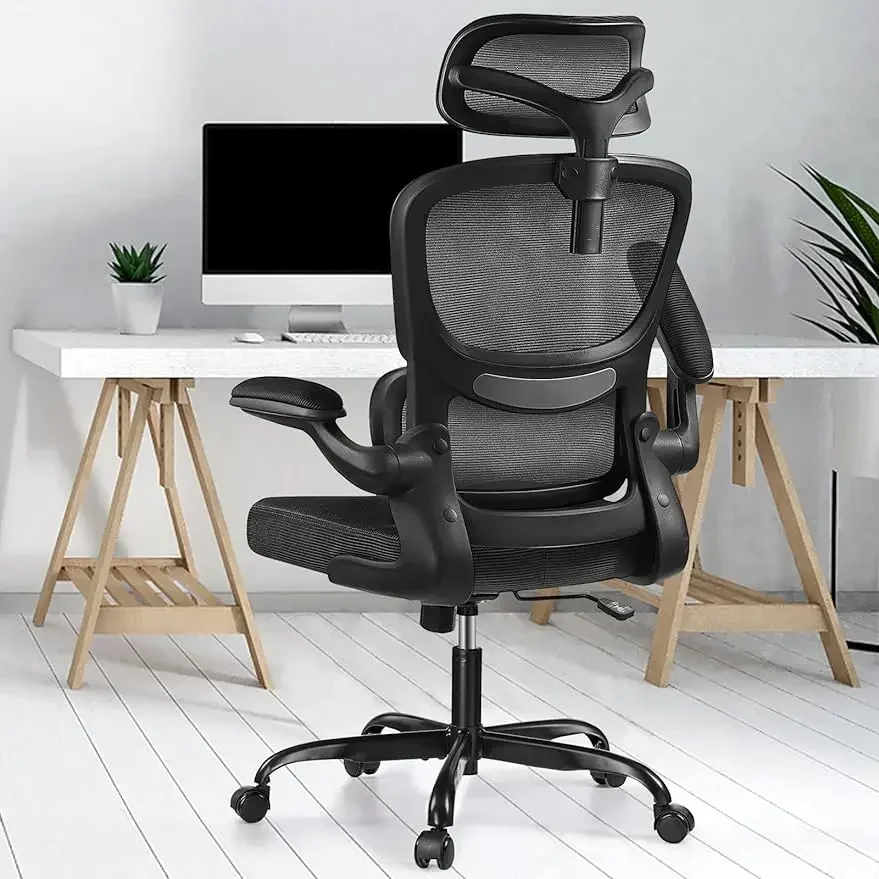
DIY Solutions for a Sinking Chair
Temporary Fixes Using PVC Pipe
If your office chair has already begun sinking, there are several DIY solutions you can implement. One popular method involves using a PVC pipe as a temporary fix. Measure the diameter of your chair’s pneumatic cylinder and purchase a PVC pipe that fits snugly around it. Cut the pipe to the desired height and place it over the cylinder. This adds a physical barrier that prevents the chair from sinking, providing you with immediate relief while you consider more permanent solutions.
Utilizing Hose Clamps
Another quick fix involves using hose clamps to secure the height adjustment lever. To do this, adjust your chair to the desired height and then tighten a hose clamp around the cylinder just below the lever. This creates a restriction that prevents the chair from sinking. While this isn’t a long-term solution, it can buy you some time until you decide on a more permanent fix.
Replacement Options: When It’s Time to Say Goodbye
Signs That Indicate Replacement is Necessary
Knowing when to replace your office chair can save you from ongoing discomfort and frustration. If you’ve tried various fixes and your chair continues to sink, it may be time for a replacement. Look for signs such as excessive wear on the cushion, a wobbly base, or a persistent inability to hold height adjustments. If your chair is also causing pain or discomfort, that’s a clear indication that it’s time to invest in a new one.
Choosing a Replacement Chair Wisely
When it comes to selecting a replacement chair, take your time to research options that meet your needs. Read reviews, compare brands, and consider visiting showrooms to test chairs in person. Pay attention to the warranty offered; a longer warranty often indicates manufacturer confidence in their product. Make sure to choose a chair that aligns with your ergonomic preferences and fits well in your workspace.
Utilizing Chair Cushions and Supports
The Benefits of Chair Cushions
If your office chair is sinking, adding a cushion can provide immediate comfort and support. Chair cushions come in various materials, including memory foam and gel, and can enhance your seating experience. A cushion can also help alleviate pressure on your lower back, promoting better posture even if the chair itself is less than ideal. However, while cushions can provide temporary relief, they won’t resolve the underlying issue of a sinking chair.
Back Support Products
In addition to cushions, consider investing in back support products. Lumbar rolls or back cushions can provide necessary support to your lumbar region, compensating for any deficiencies in your chair’s design. This added support can help mitigate discomfort caused by poor posture associated with a sinking chair. Combining these accessories with regular maintenance and proper chair selection will create a more comfortable workspace.
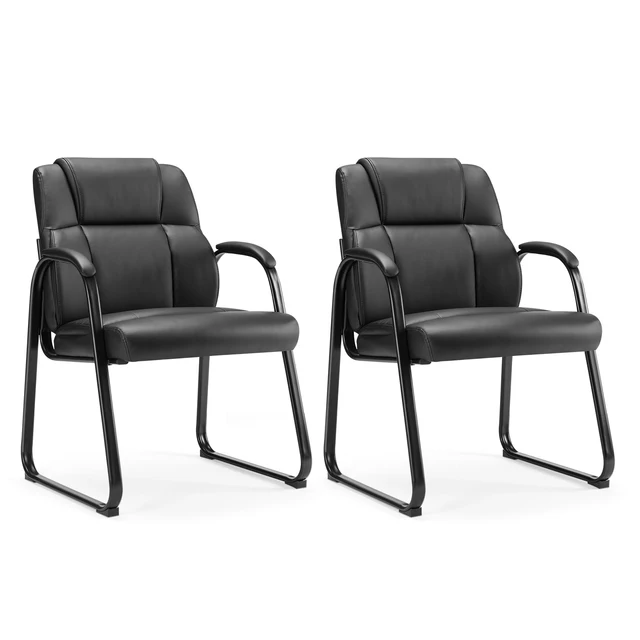
Professional Repairs: When to Seek Help
Identifying Repairable Issues
If your office chair continues to sink despite trying DIY fixes, it may be time to consider professional repairs. Before taking this step, identify whether the sinking is due to a specific issue, such as a damaged pneumatic cylinder or loose components. If the chair is otherwise in good condition and the primary issue is fixable, seeking professional assistance may be worth the investment.
Finding the Right Service
When looking for a repair service, search for local companies specializing in office furniture. Read reviews and ask for recommendations to find a reputable service provider. Be prepared to explain the symptoms and issues you’ve experienced, as this will help them diagnose the problem more effectively. Professional repairs can breathe new life into your office chair, saving you the cost of buying a new one.
Psychological Implications of Comfort in the Workplace
The Link Between Comfort and Productivity
Comfort plays a crucial role in workplace productivity. An uncomfortable chair can lead to distractions, reducing your focus and efficiency. When you’re constantly adjusting your position or dealing with discomfort, your mind may wander, leading to decreased output. Ensuring your office chair is in good condition helps create a conducive environment for work, allowing you to concentrate on tasks rather than discomfort.
Mental Well-Being and Ergonomics
Beyond productivity, the psychological impacts of ergonomic seating cannot be overlooked. An ergonomic chair promotes a sense of well-being, reducing stress and anxiety associated with discomfort. When employees feel physically supported, they are more likely to have positive attitudes towards their work. Investing in proper seating can contribute to a healthier workplace culture, ultimately benefiting both employees and employers.
Conclusion: Creating a Comfortable Workspace
In conclusion, preventing discomfort from a sinking office chair involves understanding its mechanisms, regular maintenance, and making informed choices about seating options. From DIY fixes to selecting a high-quality replacement chair, being proactive can significantly enhance your comfort and productivity. Remember that your workspace directly impacts your well-being, so take the necessary steps to ensure your office chair supports you adequately. A comfortable chair is not just a luxury but a vital component for success in any work environment. By implementing the tips discussed, you can create a workspace that fosters productivity, comfort, and overall satisfaction.
